Stunning Companion Plants For Pincushion Flowers
Stunning Companion Plants for Pincushion Flowers
Pincushion flowers (Scabiosa) are a beautiful addition to any garden. They come in a wide range of colors, from white to blue to purple, and they bloom from late spring to early fall. Pincushion flowers are also relatively easy to care for, making them a good choice for even novice gardeners.
One of the best things about pincushion flowers is that they can be paired with a variety of other plants to create stunning and eye-catching combinations. Here are a few of our favorite companion plants for pincushion flowers:
- Phlox: Phlox is a classic companion plant for pincushion flowers. The two plants have similar flowering times and colors, and they complement each other well. Phlox also helps to fill in the spaces between pincushion flowers, creating a more lush and full-looking garden bed.

- Veronica: Veronica is another great choice for companion plants for pincushion flowers. Veronica comes in a variety of colors, including blue, white, and pink, so you can easily find a variety that will complement your pincushion flowers. Veronica also blooms for a long period of time, so you'll enjoy its beauty all summer long.
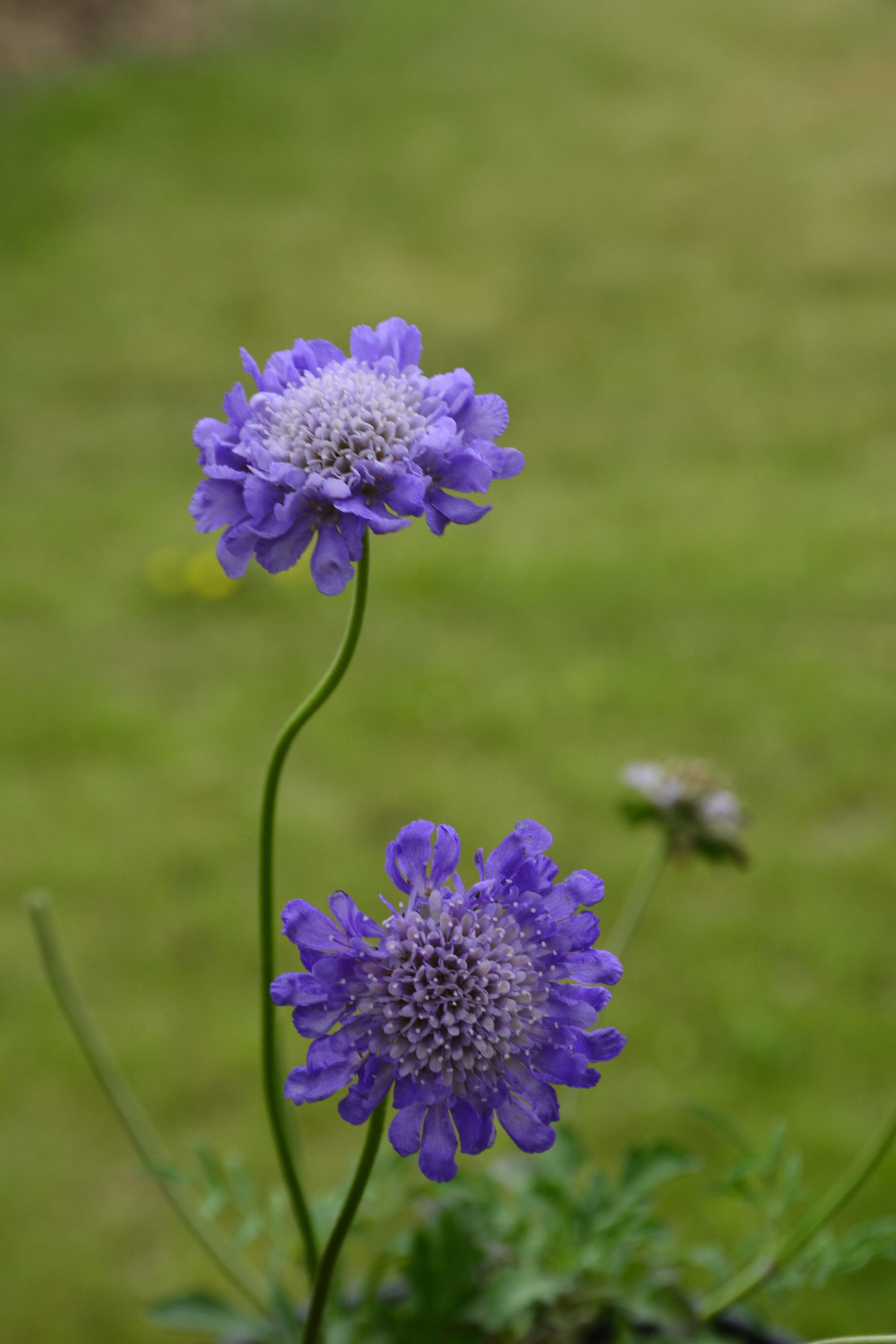
- Dianthus: Dianthus, or pinks, is a low-growing plant that makes a great ground cover for pincushion flowers. Dianthus comes in a variety of colors, including pink, red, and white, and it blooms from early summer to fall. Dianthus also attracts butterflies and other pollinators, so it's a great choice for a garden that's friendly to wildlife.
- Alyssum: Alyssum is a low-growing, spreading plant that's perfect for edging a flower bed or filling in the spaces between other plants. Alyssum comes in a variety of colors, including white, pink, and purple, and it blooms from early spring to late fall. Alyssum is also a great choice for a rock garden or container garden.
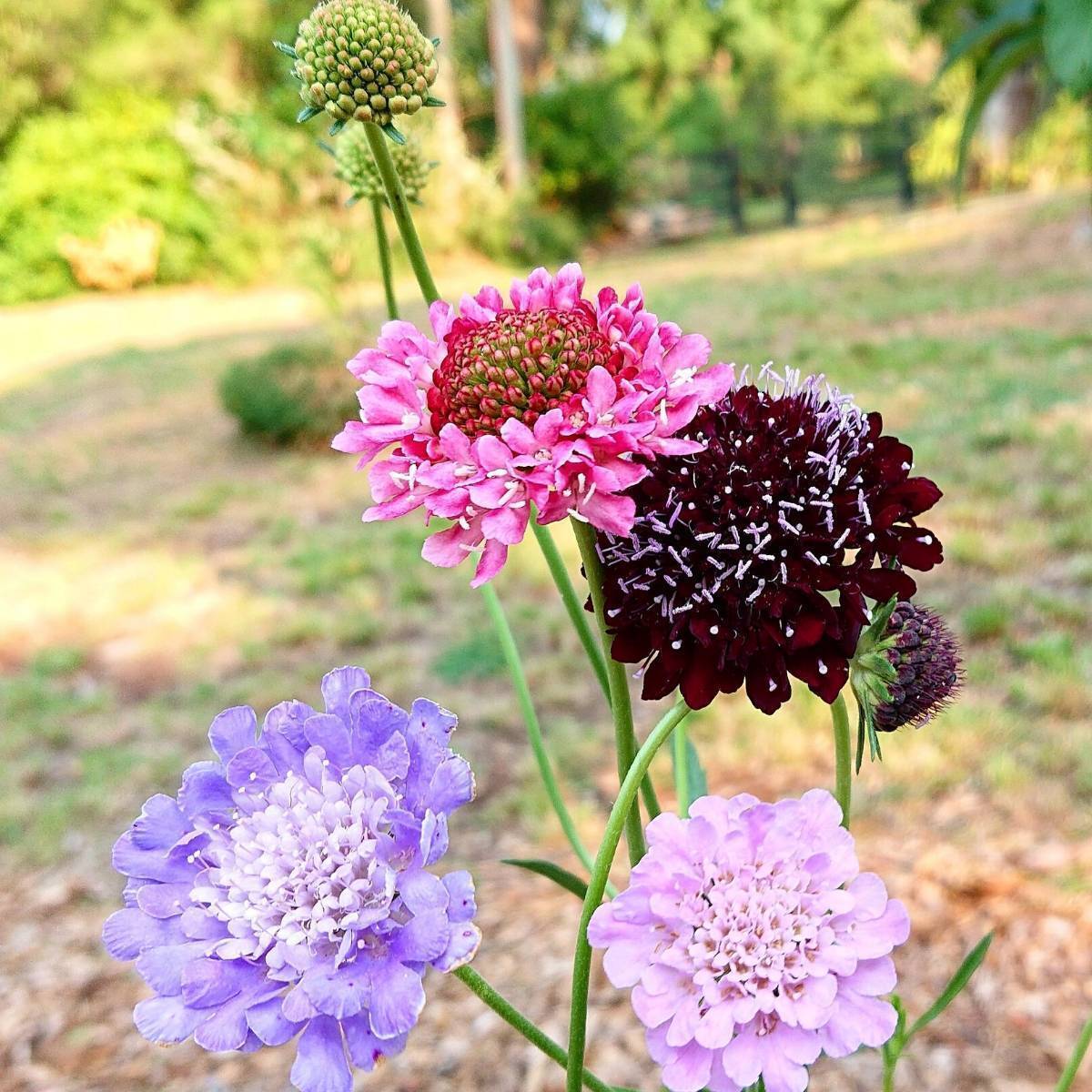
- Salvia: Salvia is a tall, upright plant that provides a dramatic contrast to the low-growing pincushion flowers. Salvia comes in a variety of colors, including blue, purple, and pink, and it blooms from late spring to fall. Salvia is also a great choice for attracting butterflies and other pollinators.

- Sedum: Sedum is a succulent plant that's drought-tolerant and easy to care for. Sedum comes in a variety of colors, including green, yellow, and red, and it blooms in late summer or early fall. Sedum is a great choice for adding texture and interest to a flower bed.

These are just a few of the many companion plants that you can pair with pincushion flowers. When choosing companion plants, it's important to consider the size, color, and flowering time of the plants. You'll also want to make sure that the plants have similar growing conditions.
With a little planning, you can create a stunning and eye-catching garden bed that features pincushion flowers and their beautiful companion plants.
Pincushion flowers are a beautiful addition to any garden, and they can be even more stunning when paired with the right companion plants. Some of the best pincushion flower companion plants include:
- Butterfly weed: This plant attracts butterflies and other pollinators, and its bright orange flowers complement the pincushion flower's delicate blooms.
- Coreopsis: The yellow flowers of coreopsis look terrific mingled with the blue blooms of pincushion flower.
- Daylily: This easy-care plant blooms for months, and its tall, elegant flowers provide a perfect contrast to the pincushion flower's shorter, more rounded blooms.
- Phlox: Phlox is a bounteous summer flower that any large sunny flowerbed or border shouldn't be without.
- Veronica: Easy and undemanding, veronicas catch the eye in sunny gardens over many months.
For more information about pincushion flower companion plants, I recommend visiting Gardenia Inspiration. This website has a comprehensive list of companion plants for pincushion flowers, as well as tips on how to plant and care for these beautiful flowers.
FAQ of pincushion flower companion plants
Question 1: What are some good companion plants for pincushion flowers?
Answer: Pincushion flowers are relatively easy to grow and can be paired with a variety of other plants. Some good companion plants include:
- Alyssum: This low-growing plant has delicate white flowers that bloom in spring and summer. It attracts pollinators and helps to suppress weeds.
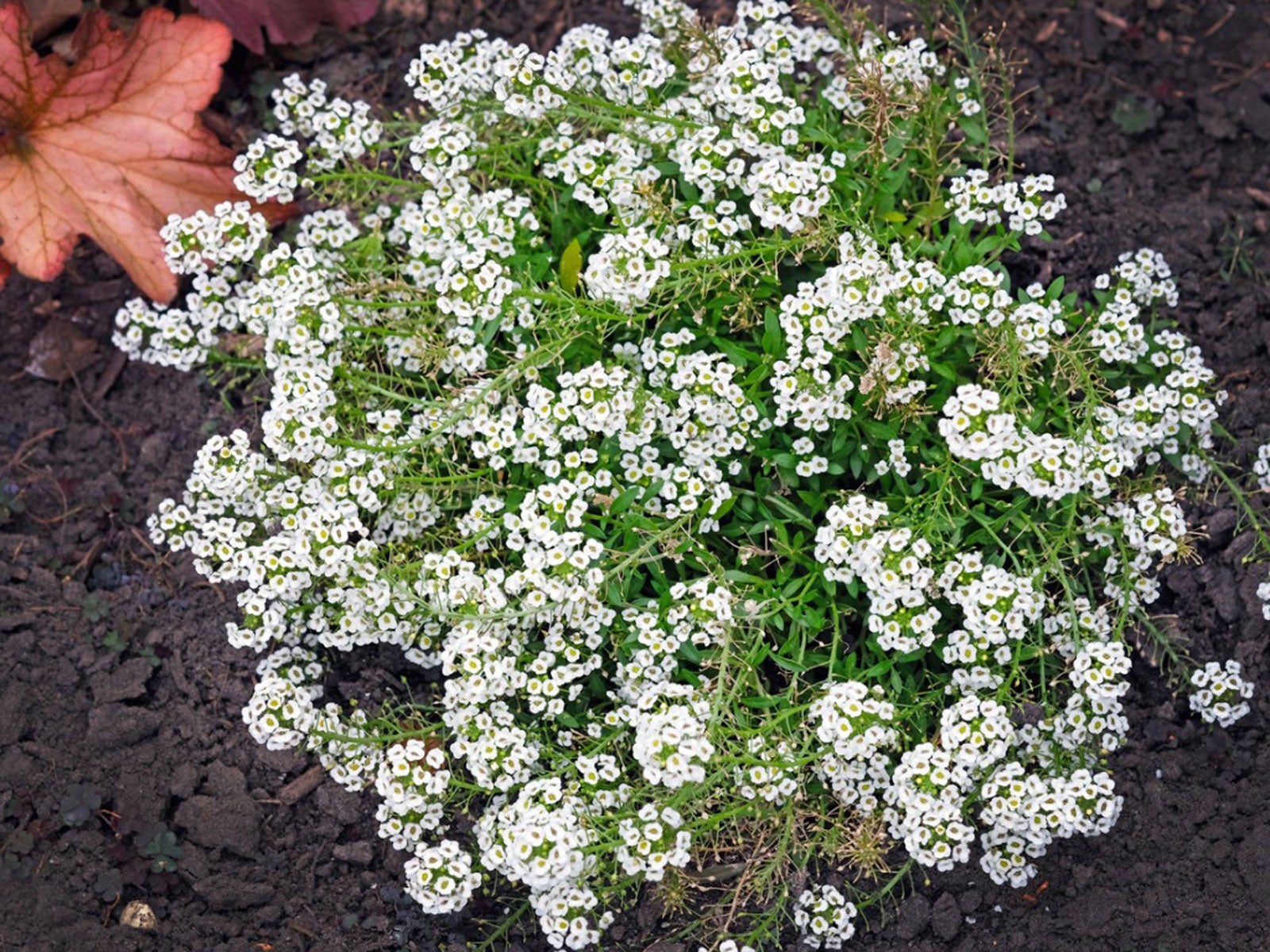
- Salvias: There are many different types of salvias, but all of them are attractive and drought-tolerant. They attract pollinators and can help to deter pests.
- Sedum: This succulent plant has colorful flowers that bloom in summer. It is drought-tolerant and can help to prevent soil erosion.

- Low-growing roses: Pincushion flowers can be paired with low-growing roses to create a colorful and fragrant border.

- Cucumbers: Pincushion flowers can help to repel cucumber beetles, which are a common pest of cucumbers.
Question 2: What are the benefits of companion planting with pincushion flowers?
Answer: Companion planting is a gardening technique that involves planting different types of plants together to benefit each other. When companion planted with pincushion flowers, other plants can benefit from the following:
- Attraction of pollinators: Pincushion flowers are attractive to pollinators, such as bees and butterflies. These pollinators help to pollinate other plants in the garden, which can lead to a better harvest.
- Suppression of weeds: Pincushion flowers can help to suppress weeds by shading the soil and competing for nutrients.
- Improved drainage: Pincushion flowers have deep roots that help to improve drainage in the soil. This can be beneficial for plants that are sensitive to wet soil.
- Disease prevention: Some companion plants, such as chamomile, can help to prevent the spread of diseases.
Question 3: How far apart should pincushion flowers be planted?
Answer: Pincushion flowers should be planted about 12-18 inches apart. This will give them enough space to grow and bloom properly.
Question 4: How much sun do pincushion flowers need?
Answer: Pincushion flowers need full sun to partial shade. They will bloom best in full sun, but they can tolerate some shade.
Question 5: How do you care for pincushion flowers?
Answer: Pincushion flowers are relatively easy to care for. They need regular watering, especially during the summer months. They also need to be fertilized once a month during the growing season.
Image of pincushion flower companion plants
- Yarrow (Achillea millefolium): Yarrow is a hardy perennial that blooms in summer with white, yellow, or pink flowers. It is a good companion plant for pincushion flowers because it attracts pollinators and helps to deter pests.
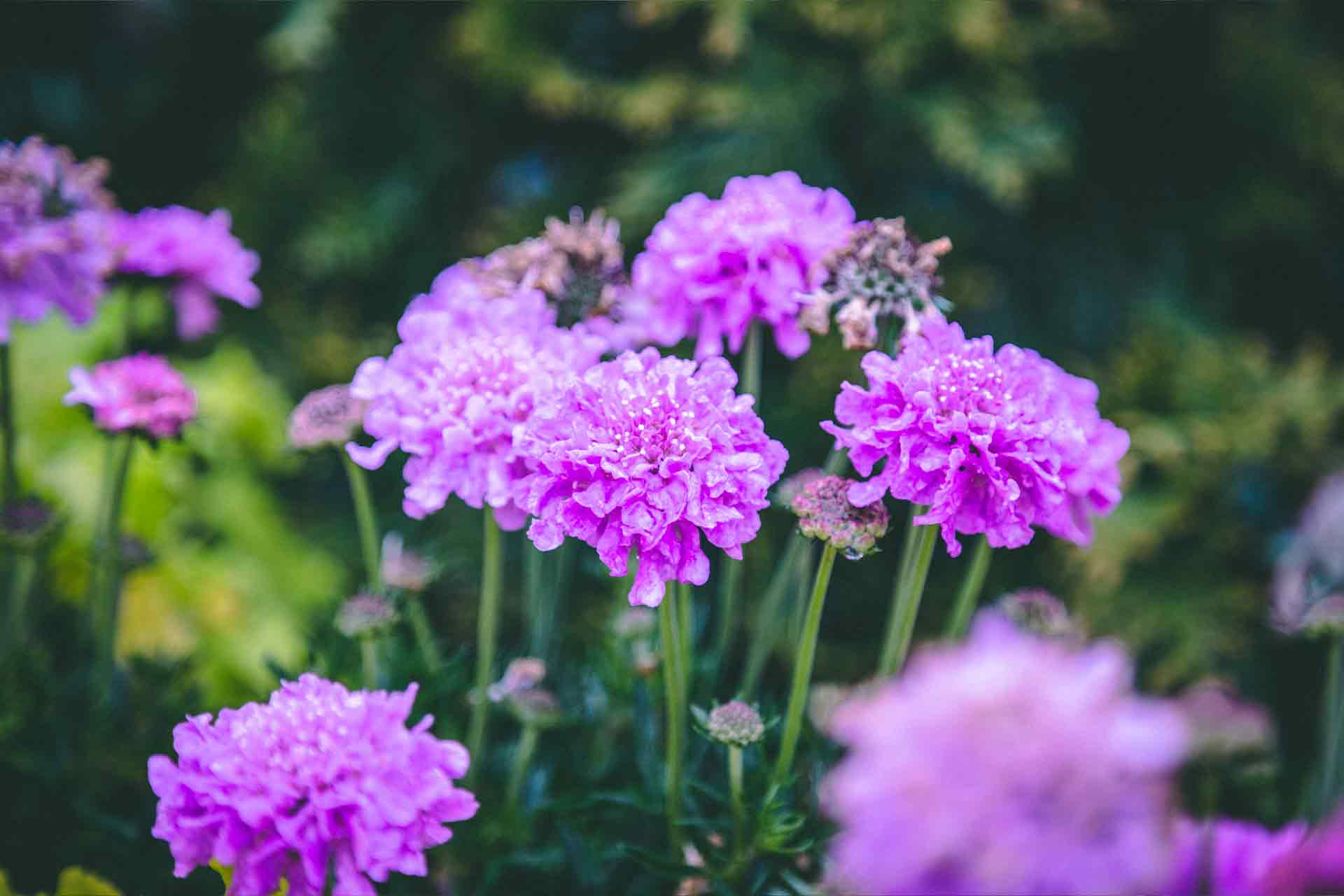
- Salvia (Salvia spp.): Salvias are a diverse group of plants that come in a variety of colors, including blue, purple, pink, and white. They are all drought-tolerant and attract pollinators.
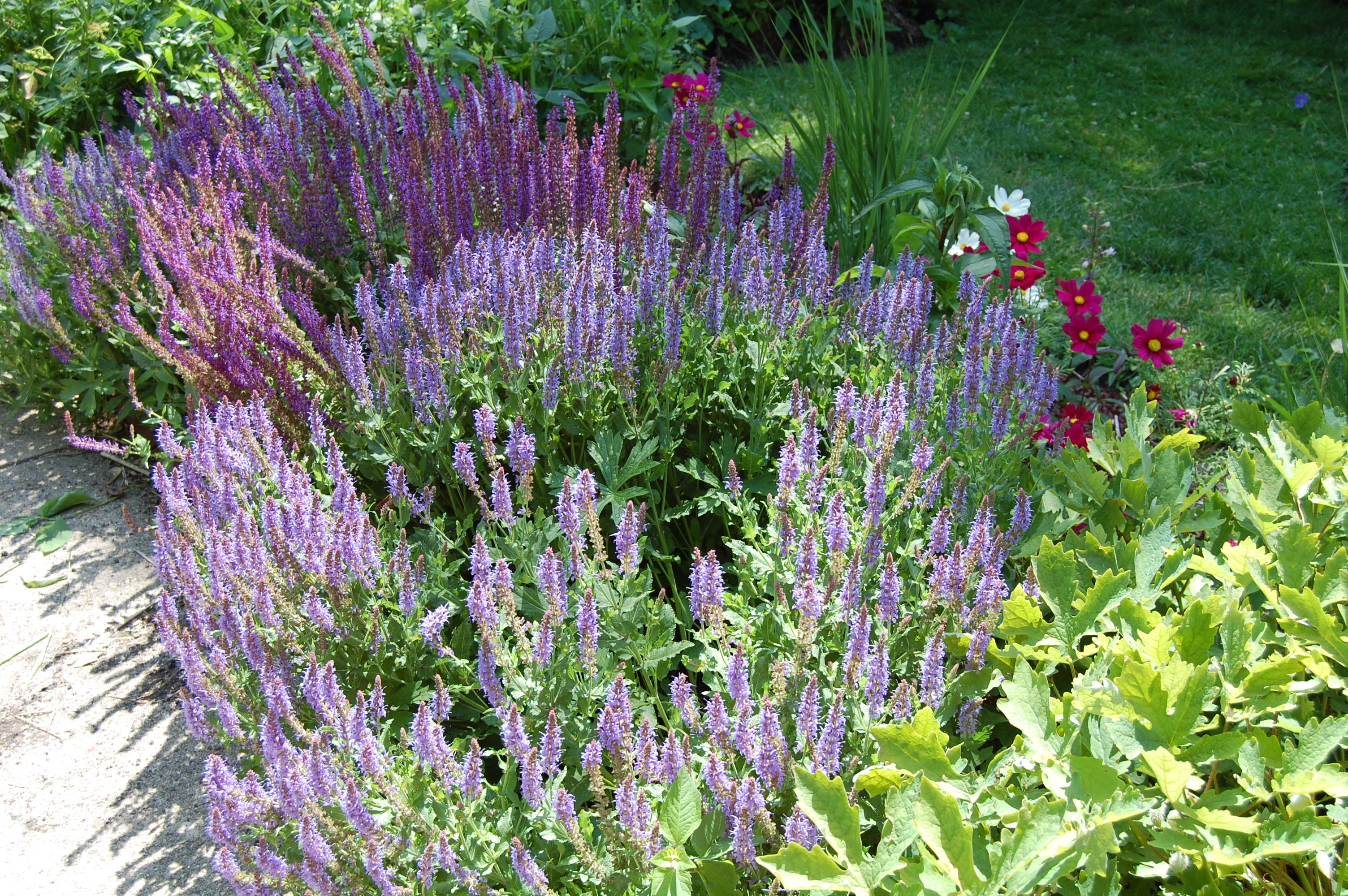
- Lavender (Lavandula spp.): Lavender is a popular herb that blooms in late spring to early summer with purple flowers. It is a good companion plant for pincushion flowers because it helps to repel pests and attract pollinators.
- Coneflower (Echinacea spp.): Coneflowers are a type of daisy that blooms in summer with daisy-like flowers. They are a good companion plant for pincushion flowers because they attract pollinators and help to deter pests.
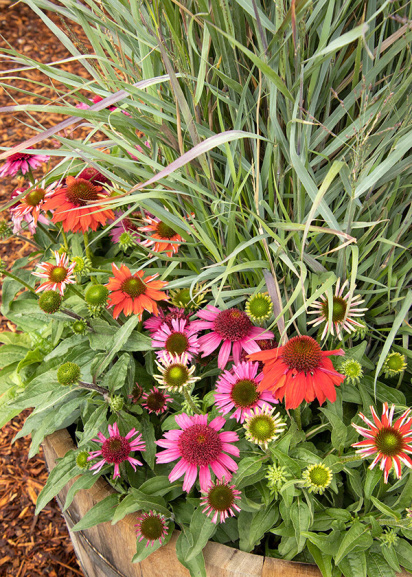
- Zinnias (Zinnia spp.): Zinnias are annuals that bloom in summer with brightly colored flowers. They are a good companion plant for pincushion flowers because they attract pollinators and help to fill in empty spaces in the garden.
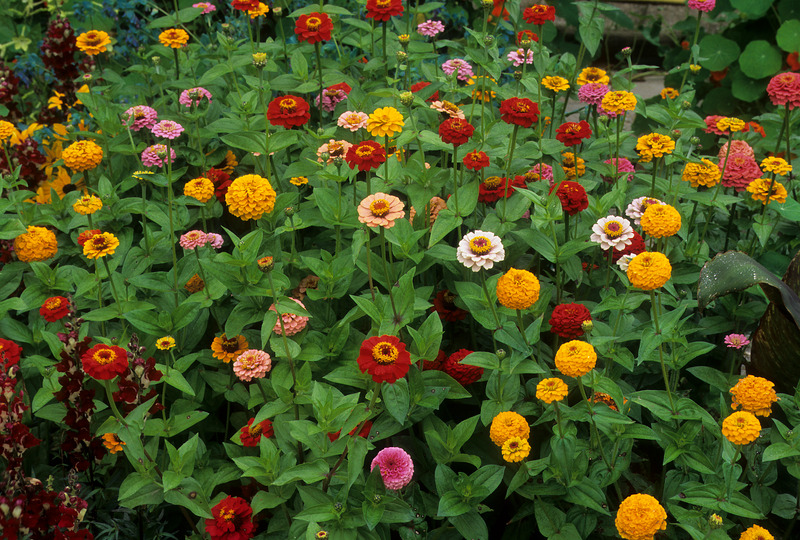
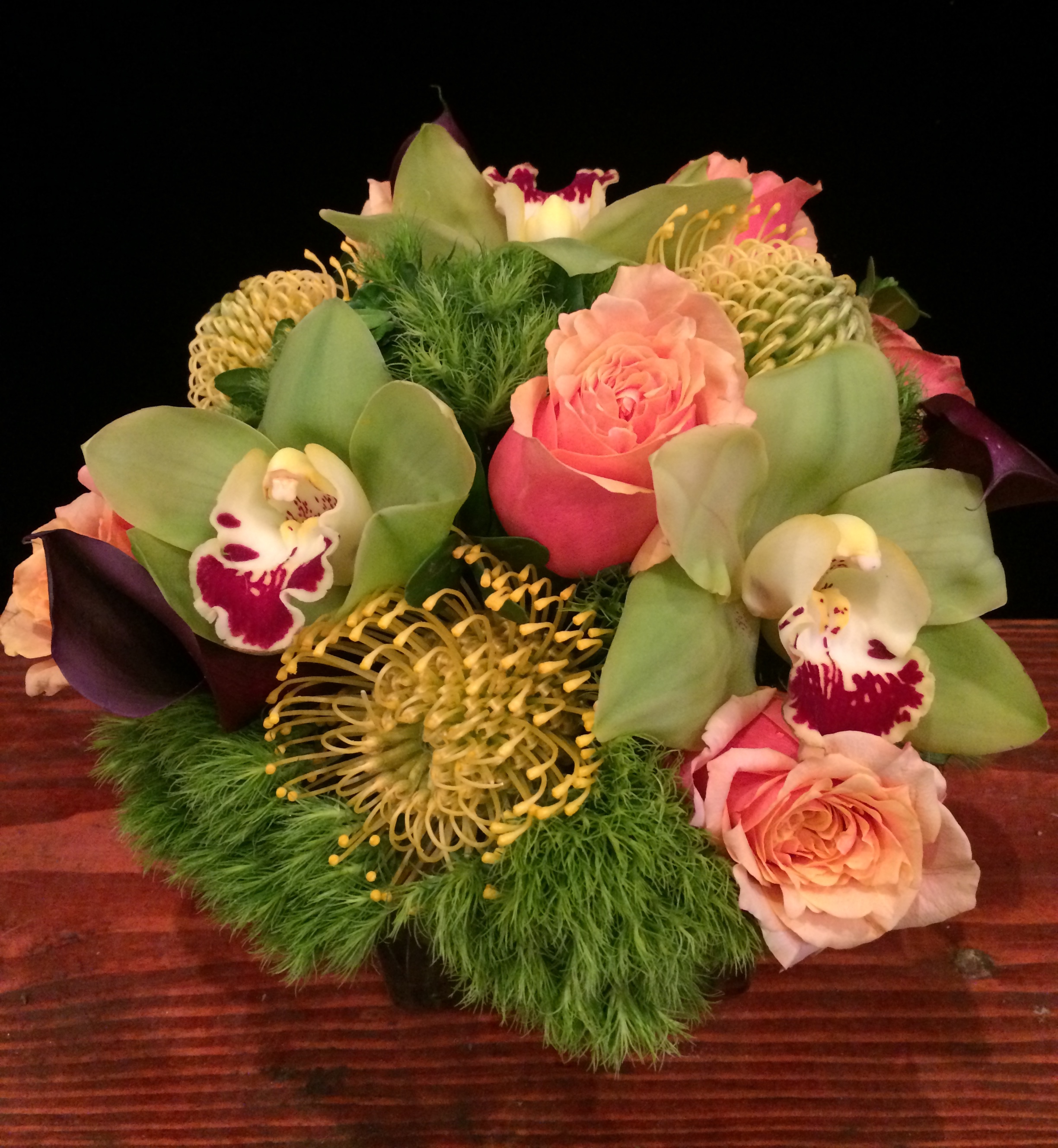
Post a Comment for " Stunning Companion Plants For Pincushion Flowers"